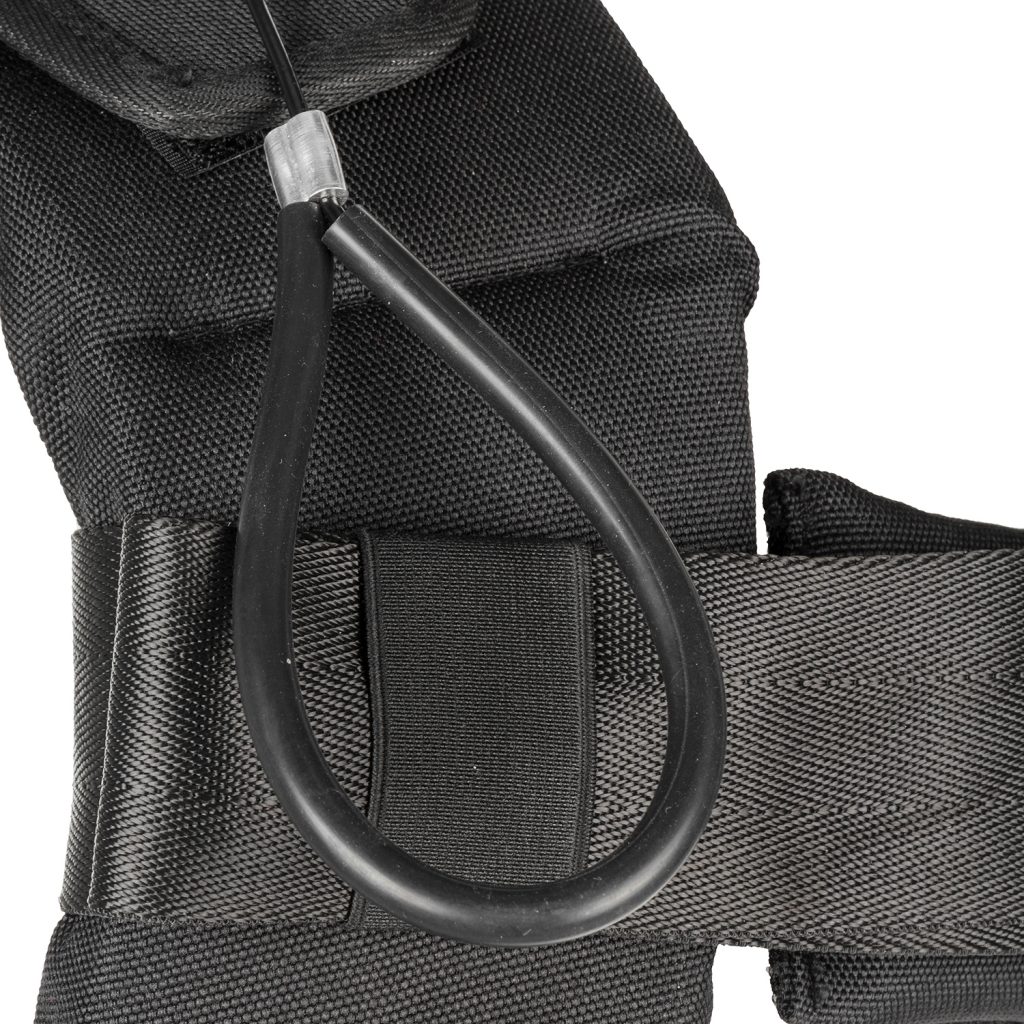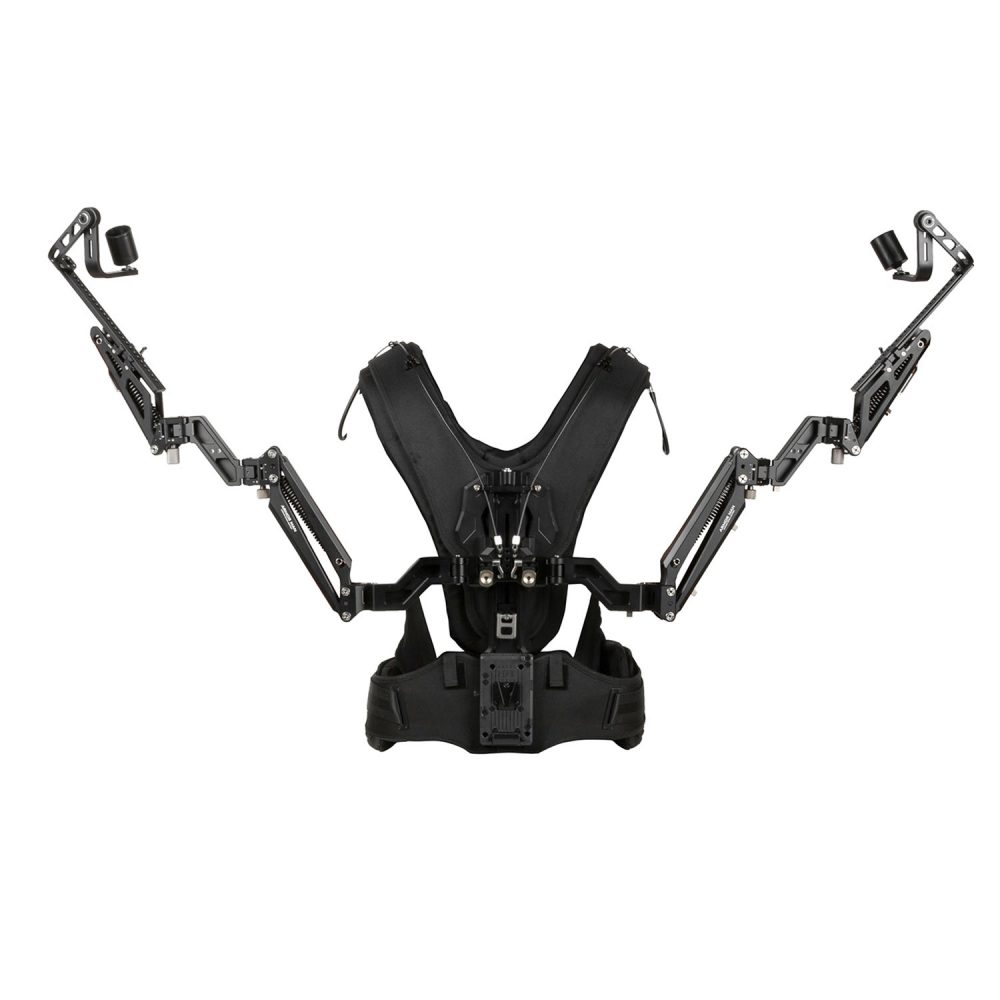

We would rather the money we spend go to the stabilizer itself anyway. It appears that it will hold up to some abuse, that it could easily be slipped into a pelican if it needed to (for flying or shipping purposes), and is a fair place for DJI to keep costs down while focusing on delivering real value. DJI has obviously had to save cost somewhere, but one of the places the company has decided to do it is somewhat fascinating: as opposed to the "pelican" style case that is nearly standard now, the Ronin S ships in a molded foam case. We can't talk about this unit without talking about its cost, rather aggressive considering what comes in the box.

DJI claims a 12 hour useable life, and we have every reason to believe that that is true. We put it down for a few days and then picked it back up, and found that it had only lost one bar. Once we fully charged it, we kept using it for testing, playing, and photographing. The flip side of that extra weight is that the battery life is astounding.

Once you've done all that, holding this for a long take won't murder you you'll just need a slight break before you do another.
#Ronin 2 vs movi pro for travel full#
The trick isn't usually operating, but rather writing, casting, directing, and lighting it so that the shot stays interesting for the full seven minutes. Yes, there are amazing seven minute shots in movies, but frankly, we just don't end up doing too many of them throughout our shooting lives. It's easily usable for shots in the 1-to-2 minute duration, which is realistically the duration you'll mostly use these for. We then used the tripod to take some weight on our belt or hip. While this is technically a single-handed gimbal, its layout is such that most of the time we were using our other hand to focus the lens and provide stability. 4lbs is indeed heavy if you want to leave it in a backpack all day, but for short shoots, it's perfectly acceptable. What it is is 4lb of highlight specialized equipment that makes your GH5, XH1, and A7SII shots exceptionally smooth, and that is where it really performs. The Ronin S is designed to be the ultimate gimbal for mirrorless camera shots (and maybe some DSLR to boot), but it's not going to be the right tool to live with you in scouts. It's important to remember that the Ronin S is too big to be your "'Bring it everywhere' scout tool." We had some hope that we would pick it up, it would feel light, and that we would leave one in our kit full-time to fire up for blocking. Video is no longer available: youtu.be/AW-jNlLQ3zs It works with industry standard mounting plates (though the DJI version comes with a threaded hole for a lens support). It has an integrated follow-focus system.

The Ronin S has the angled roll motor, allowing you to easily see your camera screen if not working with an external. This summer, pretty much all of the features a user can want have been piled together into a surprisingly affordable unit from DJI, the company's first "one-handed" stabilizer. The company's new design innovation-such as the angled design that allows for clearly viewing the screen on your camera-swept the market within 12-18 months. Gimbal innovation is downright exhausting. DJI finally joins the single-handed prosumer club with a heavyweight over-achiever.


 0 kommentar(er)
0 kommentar(er)
